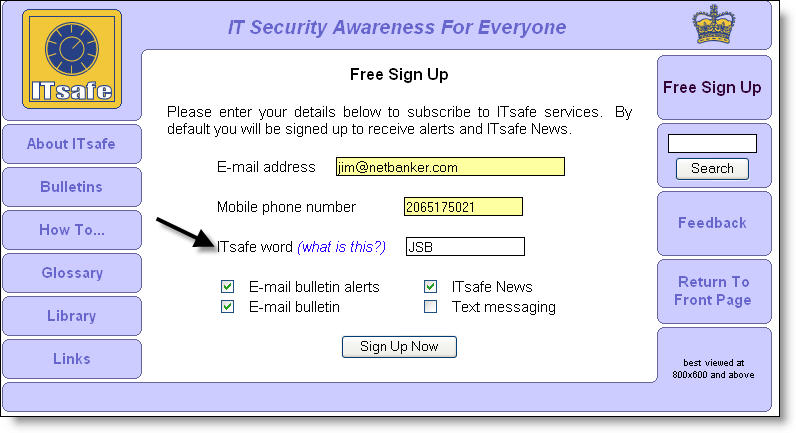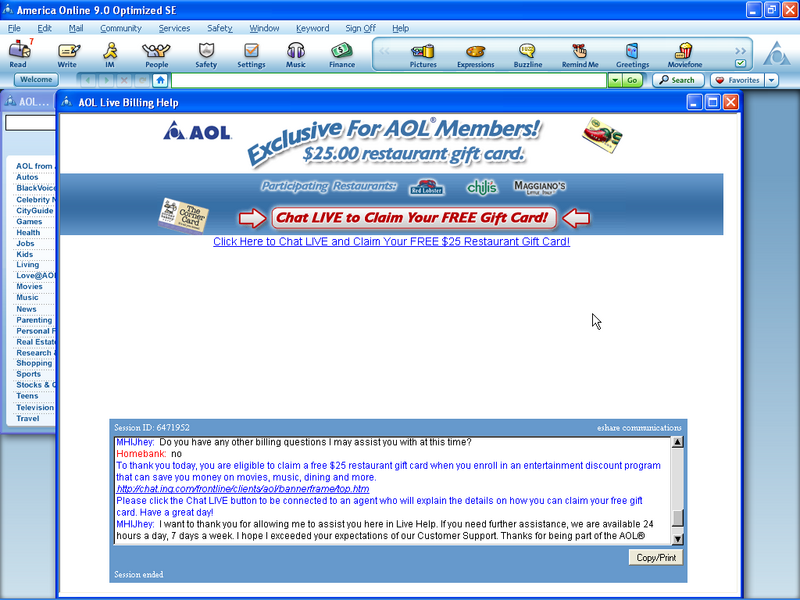Today’s American Banker (subscription required) reported that E*Trade will give security tokens to its high-roller customers, those that trade more than 5 times per month or who have more than $50,000 in their accounts.
As we reported in January, E*Trade has been testing the service with several hundred customers.
The quote of the day is from famed Gartner analyst, Avivah Litan:
However, banks face little risk from trying the technology, which has significant potential, she said. "If they get low adoption, they’re not spending very much money. If they get high adoption, they sell a lot more services. I could see people switching to E-Trade if they offer this type of security."
Analysis
The days of simple username and password access are numbered. Don’t be the last one on your block to install a security system, that’s a sure way to become the target of cybercriminals, and even worse, scathing press reports when customers are victimized.
—JB





